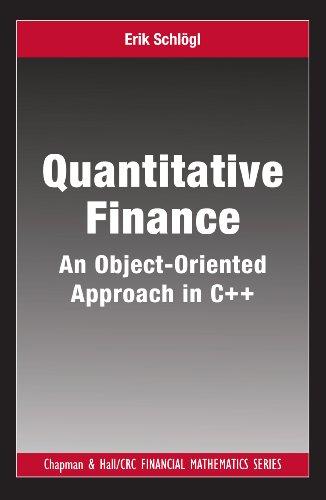Question
A firms stock price is $112. It will either increase or decrease by 10% in month 1 and 10% in month 2. The risk-free annual
A firms stock price is $112. It will either increase or decrease by 10% in month 1 and 10% in month 2. The risk-free annual effective rate is 7.5%. 1. Using the delta-hedging (replicating portfolio) approach, find the premium of a 2-month put option with a strike price of $118.
At the end of month 1 is either $123.20 or $100.80. At the end of month 2, the price is either $135.52, $110.88, or $90.72. In the up state at the end of month 2, the put option either pays off $0 or $7.12.
Delta = 0.2890, B = 39.16, for which the present value is $38.9247. To obtain the price of the put at time-period 1 in the up state, we must therefore short sell 0.2890 shares and lend $38.9247. The cost is pu1 = $3.32. For the downstate in the second month. The outcomes of this are as follows: = 1, B = 118, and pd1 = $16.49
Finally, use these two put option values to calculate the delta of a put option at time-period 0. Please provide formula.
Step by Step Solution
There are 3 Steps involved in it
Step: 1

Get Instant Access to Expert-Tailored Solutions
See step-by-step solutions with expert insights and AI powered tools for academic success
Step: 2

Step: 3

Ace Your Homework with AI
Get the answers you need in no time with our AI-driven, step-by-step assistance
Get Started


